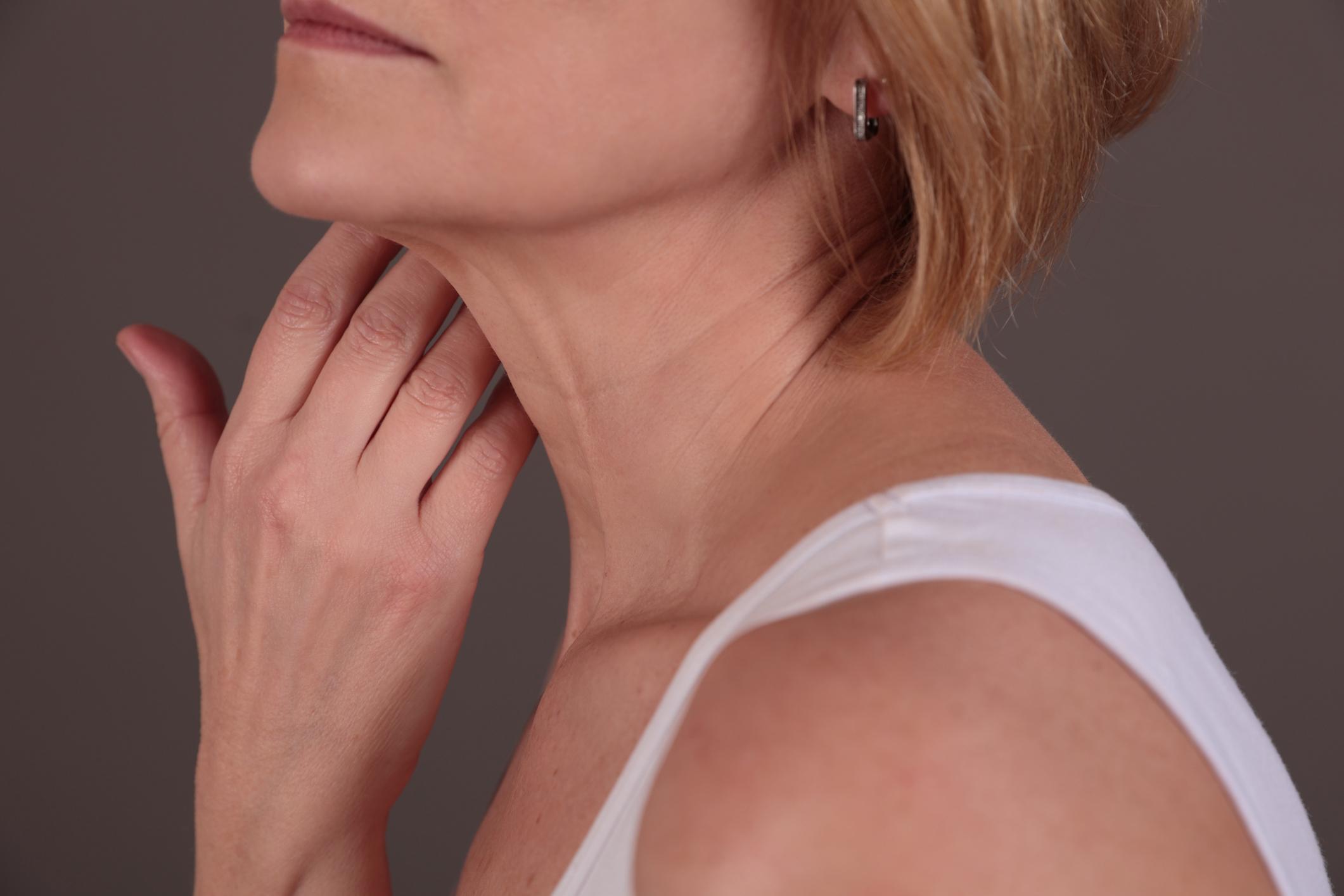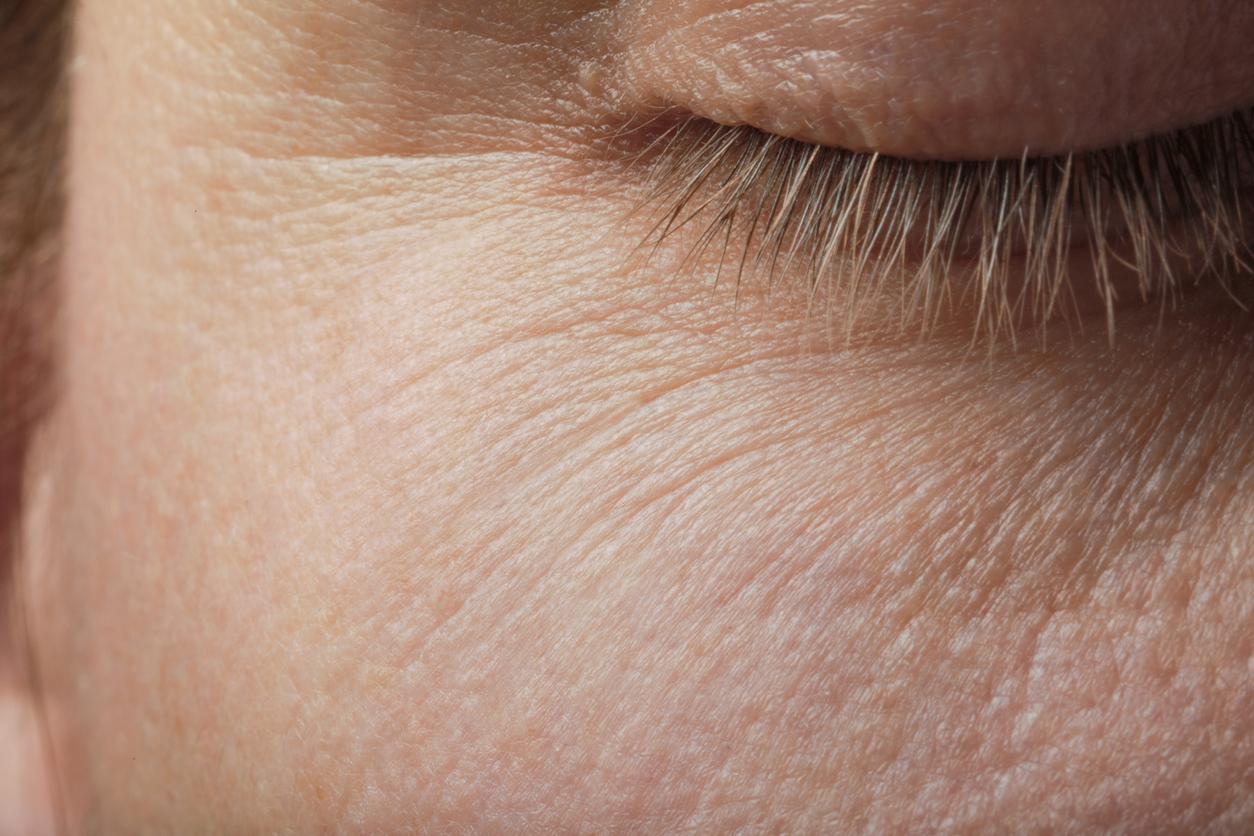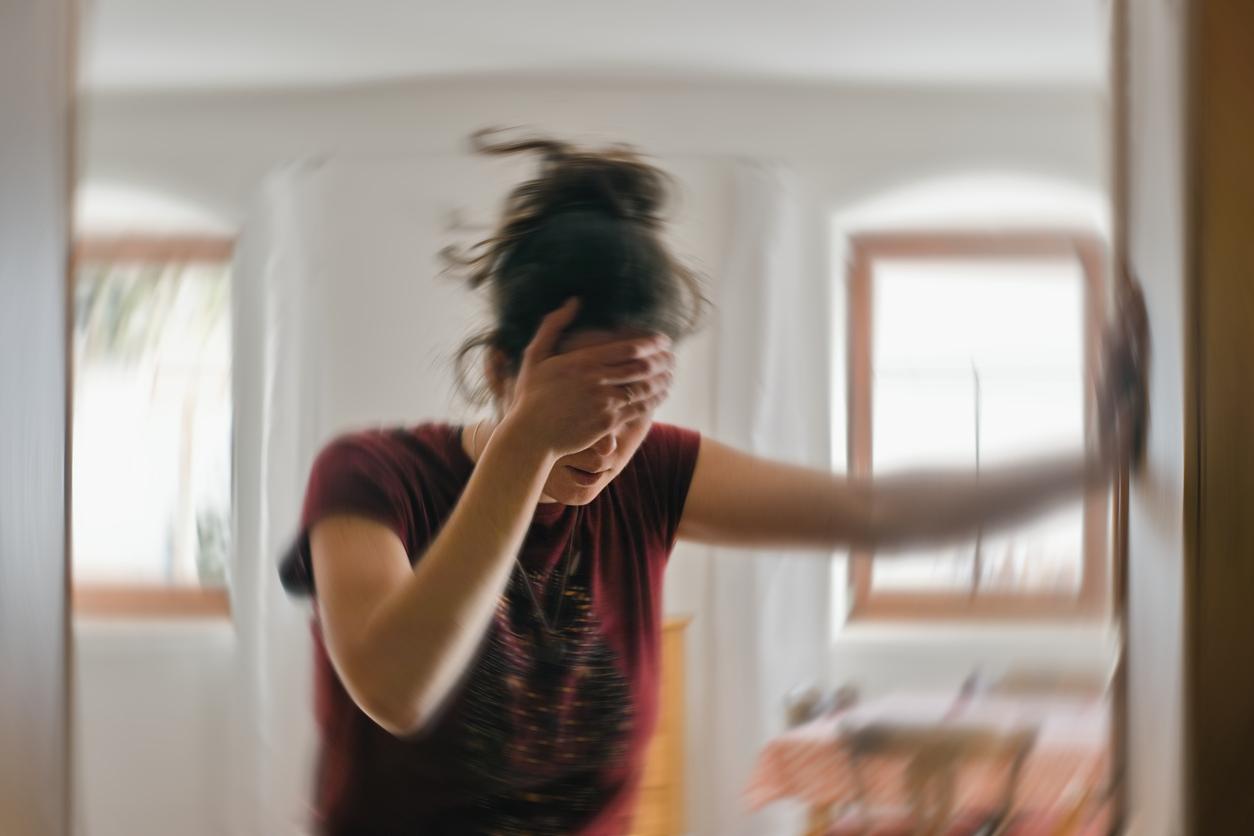Where does etiopathy come from?
This discipline is rather recent since it was developed in 1963. Its creator, Christian Trédaniel, himself participated in the beginnings of osteopathyFrench. Finding that this discipline brought together too many different practices, he turned away from it to create, after 20 years of research, what will become the etiopathy.
From the Greek aïtia “cause” and pathos, “suffering”, the etiopathy has as priority to determine the cause of a pathology and then to remove the effects. “The cause can be very far from the area where the symptoms are felt, the aim of treating it is to stop the effects”, explains Romain Botti, etiopath in Paris. This is what can set her apart from others manual therapies.
What does this discipline consist of?
“An etiopath is not a doctor”, he specifies above all. “Doctors and etiopaths must imperatively work together. It is in no way a substitute for traditional medicine”. Like all manual therapies, etiopathy occurs only through the gesture and manipulation of the patient’s body without resorting to drugs.
This technique is accessible to all ages, from babies to seniors. Its very broad field of action encompasses joint disorders, digestive, circulatory, respiratory, gynecological or general. Unlike osteopathy, etiopathy does not include an energetic and psychological dimension at all.
What does etiopathy treat?
In case of bacterial or viral infection, such as tonsillitis, nasopharyngitis or urinary tract infections, the etiopath will not act on the infection itself, but rather on the causes favoring it, often at the origin of numerous recurrences. “Etiopathy, on tonsillitis or nasopharyngitis, will have an action on the regulation of trophicity (blood exchange between the vessels and the pharyngeal mucosa)”. Indeed, specific phenomena can alter this regulation, such as joint damage in the cervical or even acid reflux from the stomach to the esophagus.
The etiopath also takes care of common ailments such as sprains, the headache, neuralgia, digestive ailments or gynecological. These ailments have, most often, a mechanical origin on which the etiopath can act without surgery or drug intake. “I work in an urban environment, which means that my patients are mostly sedentary. They come to see me for pain in the spine, lower back or for sciatic neuralgia caused by the position in which they work.”
Etiopathy cannot cure degenerative diseases, nor treat serious infections requiring antibiotics, let alone replace surgery. “If the patient’s health is at stake, he will necessarily be referred to a doctor.”
What happens during a consultation ?
“Each treatment is tailor-made for the patient”, explains Romain Botti. “We follow a therapeutic protocol, but there is no magic recipe that works every time”. This is why, during a first consultation, a large part is dedicated to understanding what is wrong. “The patient will show us his tests, explain his history, the path of the pain, etc.”, he says. The second step consists of auscultation of the patient to determine if there is damage to the bones, tendons, ligaments or muscles. “Then, I will set up a therapeutic protocol that can range from 2 to 6 sessions, the therapy being able to be articular or visceral”.
Romain Botti insists in particular on the educational aspect of his profession. “It is necessary to explain to the patient why he is in pain, what I am going to do to him, what reactions his body will have after the session – for example aches”. On average, a session lasts 30 minutes. The price of a consultation can vary between 40 and 80 euros.
How do you become an etiopath?
In France, there are only 4 free faculties which teach etiopathy: Paris, Rennes, Toulouse and Lyon. Health professionals, etiopaths, but also biologists, anatomists, radiologists or surgeons, give courses there during a 6-year training course before graduation. Today, there are around 550 etiopaths in France, approved by the French Institute of Etiopathy.
Since 2015, etiopathy has been recognized as a liberal health profession. Even if it is not covered by social security, a majority of mutuals reimburse consultations.
Read also :
Osteopathy: it does not only treat the back
What pains do we treat at the chiropractor?
Back pain: do you know vertebrotherapy?
















